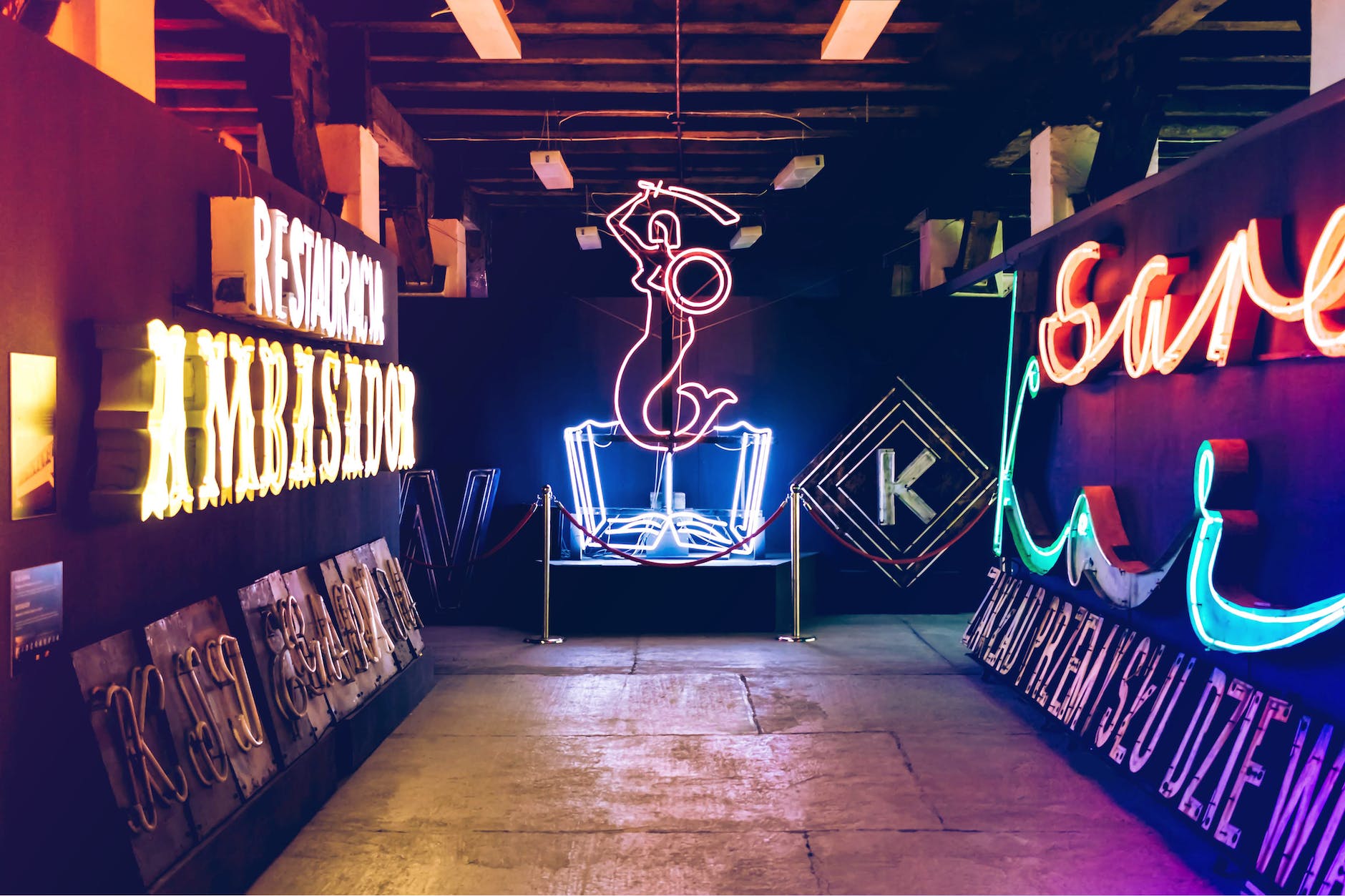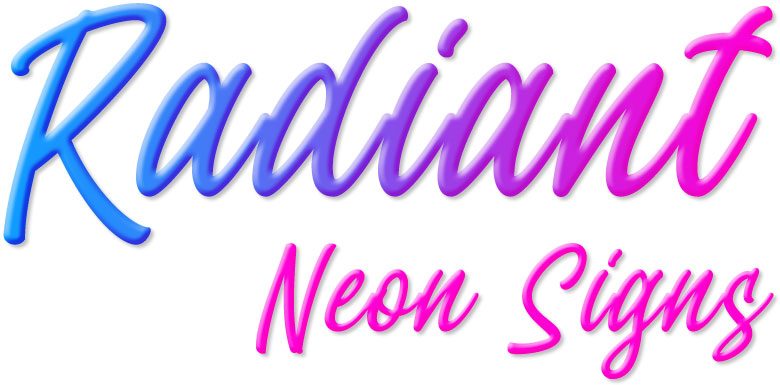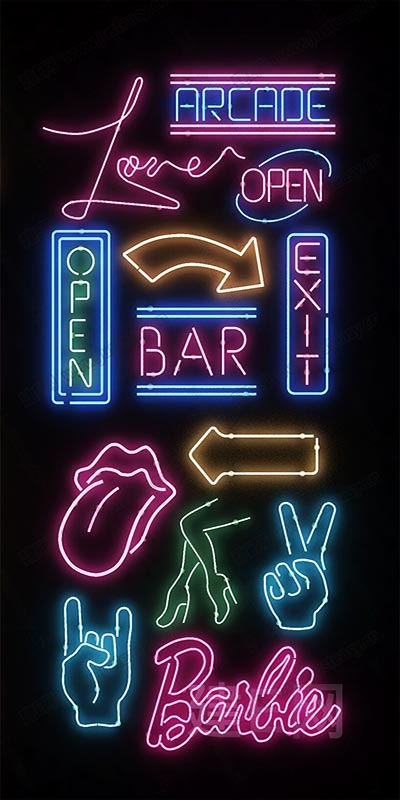Neon signs have been a part of our world for over a century. They first appeared in Paris in 1910, but it wasn’t until the 1920s that they became popular in the United States. The neon tube was invented by Georges Claude, a French engineer, who discovered that when an electric current was passed through a gas, it would emit a bright light.

Over the years, neon signs have evolved and become more sophisticated. They are now used for a variety of purposes, from advertising to art installations. Neon signs can be found in all sorts of places, from city streets to trendy bars and restaurants.
There are several different types of neon signs. The most common type is the standard neon sign, which uses colored tubes to spell out words or create shapes. There are also animated neon signs, which use flashing lights to create movement and interest.
With the development of LED technology, flexible LED light strips have emerged, which has made a huge breakthrough in the design and production of neon signs, especially when displaying complex patterns. The advantages are very obvious. The energy-saving and controllable characteristics of LED have also made LED neon signs become the mainstream product in the market.
Neon signs are not just functional objects; they are works of art. Many artists have used neon to create stunning installations that explore themes such as love, identity, and consumerism. Neon art has become so popular that there are now entire museums dedicated to it.

Neon signs have become an integral part of our lives. They are used to advertise products and services, to create ambiance in restaurants and bars, and to add a touch of nostalgia to our homes. Neon signs are also used in safety applications, such as emergency exit signs.
Neon signs are more than just a source of light. They are symbols of creativity, energy, and boldness. Whether you’re admiring a neon art installation or enjoying a drink at a bar with a neon sign, there’s no denying the magic and wonder of these glowing tubes.






